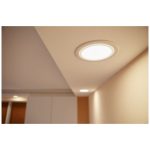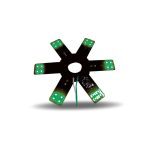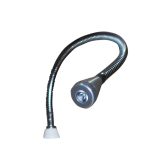LED Light Bulbs 101: How to Choose the Right One for Your Home

Light bulbs are a fundamental component of any home lighting system. They provide illumination to our living spaces, making it possible to carry out our daily activities comfortably. However, with the advent of LED technology, the process of choosing the right light bulbs for your home can be daunting. There are many factors to consider, such as color temperature, wattage, lumens, and more. This guide will provide you with the necessary information to select the right LED light bulbs for your home, ensuring that you achieve the desired ambiance and energy efficiency. LED light bulbs are the future of home lighting. They are more energy-efficient, longer-lasting, and environmentally friendly than traditional incandescent bulbs. LED bulbs convert electricity into light more efficiently, using less energy to produce the same amount of light. They also last significantly longer than traditional bulbs, with an average lifespan of 25,000 hours or more. Additionally, LED bulbs do not contain any harmful substances, such as mercury, making them safer for the environment and your home. By choosing LED bulbs for your home, you can save money on your energy bills and reduce your carbon footprint.
LED light bulbs have become increasingly popular in recent years due to their many benefits. One of the primary advantages is energy efficiency. LED bulbs use up to 80% less energy than traditional incandescent bulbs, which can result in significant cost savings on utility bills. Additionally, LED bulbs have a much longer lifespan than incandescent bulbs, lasting up to 25,000 hours or more. This means less frequent bulb replacements, less waste, and less hassle. LED bulbs also emit less heat, making them safer to use and reducing the need for air conditioning. Finally, LED bulbs are available in a wide range of colors and brightness levels, making them versatile and customizable for any lighting need.
LED light bulbs are an energy-efficient alternative to traditional incandescent bulbs, and they come in various types to suit different lighting needs. Firstly, A-shaped bulbs mimic the shape of traditional bulbs and are best for general lighting purposes. Secondly, BR bulbs have a wide beam angle and are ideal for recessed lighting fixtures. Thirdly, decorative bulbs come in various shapes and sizes to add visual appeal to light fixtures. Fourthly, globe bulbs have a round shape and are perfect for lighting fixtures where the bulb is visible. Finally, candle bulbs have a tapered shape and are perfect for chandeliers and other decorative lighting fixtures. Choosing the right type of LED bulb can help create the desired ambiance while reducing energy consumption and saving money on electricity bills.
Factors to Consider When Choosing LED Light Bulbs
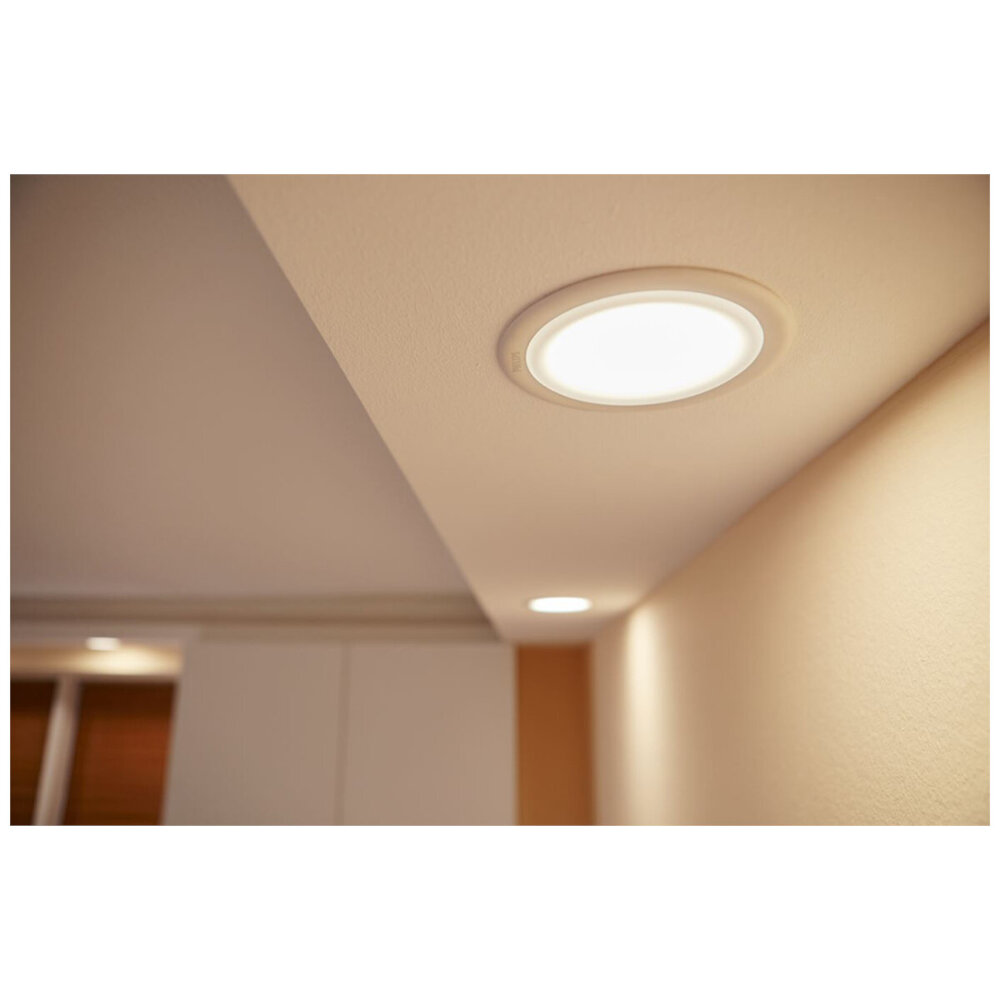
When it comes to choosing LED light bulbs, there are several factors that you need to consider to make the right choice for your home. One of the most important factors is the color temperature of the bulb. LED light bulbs come in different color temperatures ranging from warm white to cool white. Warm white bulbs emit a yellowish light that is similar to incandescent bulbs, while cool white bulbs emit a bluish-white light that is brighter and more energizing. The choice of color temperature depends on the purpose of the light and the mood you want to create in the room. For instance, warm white bulbs are ideal for creating a cozy and relaxing atmosphere in the bedroom, while cool white bulbs are perfect for task lighting in the kitchen or office. Another important factor to consider when choosing LED light bulbs is the brightness or lumens of the bulb. Lumens are a measure of the amount of light emitted by the bulb, and the higher the lumens, the brighter the light. The brightness you need depends on the size of the room and the purpose of the light. For instance, a 60-watt incandescent bulb emits about 800 lumens, which is suitable for lighting up a small room or for ambient lighting. However, for task lighting or for lighting up a larger room, you may need a bulb with higher lumens such as 1000 or 1500 lumens. It is important to choose the right brightness to avoid eye strain, headaches, and other health problems associated with inappropriate lighting.
When it comes to choosing LED light bulbs for your home, understanding the concepts of brightness and color temperature is crucial. Brightness is measured in lumens and refers to the amount of light emitted by a bulb. The higher the lumens, the brighter the bulb. Color temperature, on the other hand, is measured in Kelvin and refers to the color of the light emitted by a bulb. Lower Kelvin temperatures produce warmer, yellowish light, while higher Kelvin temperatures produce cooler, bluish light. It’s important to choose the right balance of brightness and color temperature to create the desired ambiance in each room of your home.
When it comes to LED light bulbs, wattage and lumens are two important terms to consider. Wattage refers to the amount of energy the bulb uses, while lumens measure the amount of light the bulb produces. In the past, people would choose bulbs based solely on wattage, assuming that higher wattage meant brighter light. However, with the introduction of LED bulbs, this is no longer the case. LED bulbs are much more energy-efficient, meaning that they use less wattage to produce the same amount of light as traditional bulbs. Therefore, when choosing an LED bulb, it’s important to pay attention to the lumens rather than the wattage. A higher lumen rating means a brighter light, while a lower rating means a dimmer light.
When choosing LED light bulbs for your home, it is important to consider their compatibility with fixtures. LED bulbs come in a variety of shapes and sizes, and not all of them may fit into your existing fixtures. It is crucial to check the specifications of your fixtures to ensure that the LED bulbs you choose will fit properly and function correctly. Additionally, some fixtures may require specific types of LED bulbs, such as dimmable or color-changing bulbs. By taking into account the compatibility of LED bulbs with your fixtures, you can ensure that you choose the right bulbs that will provide optimal lighting for your home.
Dimmability is an important feature to consider when selecting LED light bulbs for your home. Dimmable bulbs allow you to adjust the brightness of the light to your liking, which can create a more comfortable and personalized atmosphere. Not all LED bulbs are dimmable, so it’s important to check the packaging or product specifications before purchasing. Additionally, it’s important to ensure that the bulb is compatible with your existing dimmer switch, as not all LED bulbs are compatible with all types of dimmer switches. Dimmable LED bulbs are available in a range of color temperatures and wattages, so you can find the perfect bulb to suit your needs and preferences.
Energy efficiency is a crucial aspect of modern-day living, and it is becoming increasingly important to find ways to reduce our energy consumption. One of the easiest and most effective ways to do this is by using LED light bulbs in our homes. LED light bulbs use significantly less energy than traditional incandescent bulbs, which means they emit less heat and are more cost-effective. Additionally, LED light bulbs last much longer than traditional bulbs, which can save you money in the long run. By choosing the right LED light bulb for your home, you can reduce your energy consumption and lower your carbon footprint while still enjoying the same level of brightness and quality of light.
When it comes to choosing LED light bulbs for your home, cost is an important factor to consider. While LED bulbs may have a higher upfront cost compared to traditional incandescent bulbs, they are more energy-efficient and have a longer lifespan, which can result in cost savings over time. Additionally, some LED bulbs may have features such as dimming capabilities or color-changing options, which can affect their cost. It’s important to weigh the upfront cost against the potential long-term savings and any additional features when choosing the right LED bulb for your home.
How to Replace Your Traditional Bulbs with LED Bulbs

Replacing traditional bulbs with LED bulbs is a great way to save on energy costs and help the environment. LED bulbs use less energy and last longer than traditional bulbs, making them a cost-effective and eco-friendly option for your home. Here are some simple steps to follow when replacing your old bulbs with LED bulbs. First, determine the type of bulb you need. LED bulbs come in a variety of shapes and sizes, so it’s important to choose the right one for your fixture. Look for the wattage equivalent on the packaging to ensure the LED bulb provides the same amount of light as your old bulb. Next, turn off the power to the fixture and remove the old bulb. If your fixture has a dimmer switch, make sure to choose an LED bulb that is compatible with dimming. Finally, screw in the LED bulb and turn on the power to enjoy the energy savings and long-lasting performance of your new bulb. In addition to saving money and energy, LED bulbs also offer a wide range of color temperatures and brightness levels to suit your needs. From warm yellow to cool blue, LED bulbs can create different moods and atmospheres in your home. Plus, LED bulbs emit less heat than traditional bulbs, making them safer and more comfortable to use. By replacing your traditional bulbs with LED bulbs, you can enjoy brighter, more efficient lighting and a greener, more sustainable lifestyle.
Choosing the right LED light bulbs for your home can be a daunting task, but with this step-by-step guide, you’ll be able to make an informed decision. First, determine the brightness you need by checking the lumens, not watts, as watts only indicate energy consumption. Next, decide on the color temperature that suits your preference and the room’s purpose. Warm whites (2700K-3000K) are ideal for bedrooms and living rooms, while cool whites (5000K-6500K) are perfect for workspaces and kitchens. Lastly, consider the bulb’s shape and size to fit your fixtures. With these simple steps, you can choose the right LED light bulbs for your home that will save you energy and money in the long run.
Common Myths About LED Light Bulbs

LED light bulbs have become increasingly popular in recent years due to their energy efficiency, durability, and overall cost-effectiveness. However, there are still some common myths and misconceptions surrounding LED light bulbs that may prevent some people from making the switch. One of the most common myths is that LED light bulbs are too expensive. While it is true that LED bulbs may cost more upfront than traditional incandescent bulbs, they actually save you money in the long run due to their energy efficiency and longer lifespan. LED bulbs use significantly less energy than incandescent bulbs, which can result in substantial savings on your energy bill over time. Additionally, LED bulbs can last up to 25 times longer than traditional bulbs, which means you’ll need to replace them less frequently, further reducing your overall costs. Another common myth about LED light bulbs is that they emit a harsh, cold light that is not suitable for home use. While it is true that some LED bulbs may emit a cooler, bluer light, there are now a variety of LED bulbs available that emit a warm, soft light that is similar to traditional incandescent bulbs. Additionally, many LED bulbs are now dimmable, which allows you to adjust the brightness and color temperature to your liking. Overall, LED light bulbs are a great choice for anyone looking to save money on their energy bill, reduce their environmental impact, and enjoy a high-quality, long-lasting light source in their home.
One of the most common complaints when it comes to LED light bulbs is that they are too expensive. While it’s true that LED bulbs typically cost more upfront than traditional incandescent bulbs, the long-term cost savings make them a worthwhile investment. LED bulbs are known for their energy efficiency, lasting up to 25 times longer than traditional bulbs and using up to 80% less energy. This means that while you may pay more for an LED bulb initially, you will save money on your energy bill over time and won’t have to replace the bulb as often. Additionally, many utility companies offer rebates and incentives for switching to LED bulbs, making the upfront cost more affordable.
One common misconception about LED bulbs is that they are not bright enough. However, this is simply not true. In fact, LED bulbs are capable of producing a brighter light than traditional incandescent bulbs while using less energy. The brightness of an LED bulb is measured in lumens, not watts, which can be confusing for some consumers. It is important to choose an LED bulb with a higher lumen output if you are looking for a brighter light. Additionally, LED bulbs come in a range of color temperatures, from warm white to cool white, which can also affect the perceived brightness of the light. Ultimately, it is important to choose the right LED bulb to suit your needs and preferences, rather than assuming they are not bright enough.
LED light bulbs have become increasingly popular due to their durability, energy efficiency, and long-lasting lifespan. However, it is important to note that they are not compatible with dimmer switches. This is because dimmer switches are designed to work with traditional incandescent bulbs, which operate at a higher wattage. LED bulbs, on the other hand, require less energy to function and may not be able to handle the lower current supplied by the dimmer switch. Attempting to use LED bulbs with a dimmer switch can result in flickering, buzzing, or even damage to the bulb. Therefore, it is important to ensure that you have the appropriate type of switch installed before purchasing LED bulbs for your home.
When it comes to selecting LED light bulbs for your home, there are numerous benefits to consider. LED bulbs are energy-efficient, cost-effective, and long-lasting, making them an excellent investment in the long run. Additionally, they emit less heat than traditional bulbs, which is both safer and more comfortable. However, there are also several factors to consider when choosing the right LED light bulbs for your home, such as color temperature, brightness, and bulb shape. It’s also essential to ensure that the bulbs you choose are compatible with your fixtures and dimmer switches, as well as any other smart home technology you may have. By carefully considering these factors, you can choose the perfect LED light bulbs for your home that will provide both efficiency and ambiance.
In conclusion, choosing the right LED light bulb for your home is crucial for creating the perfect ambiance and ensuring energy efficiency. By considering factors such as color temperature, lumens, and wattage, you can select the best LED bulb for your needs. It is also important to keep in mind the different types of LED bulbs, such as dimmable and non-dimmable, as well as their lifespan and cost. Investing in quality LED light bulbs may seem expensive at first, but in the long run, they will save you money and provide a more sustainable lighting option. With so many options available, taking the time to research and choose the right LED light bulb is well worth the effort.
Conclusion
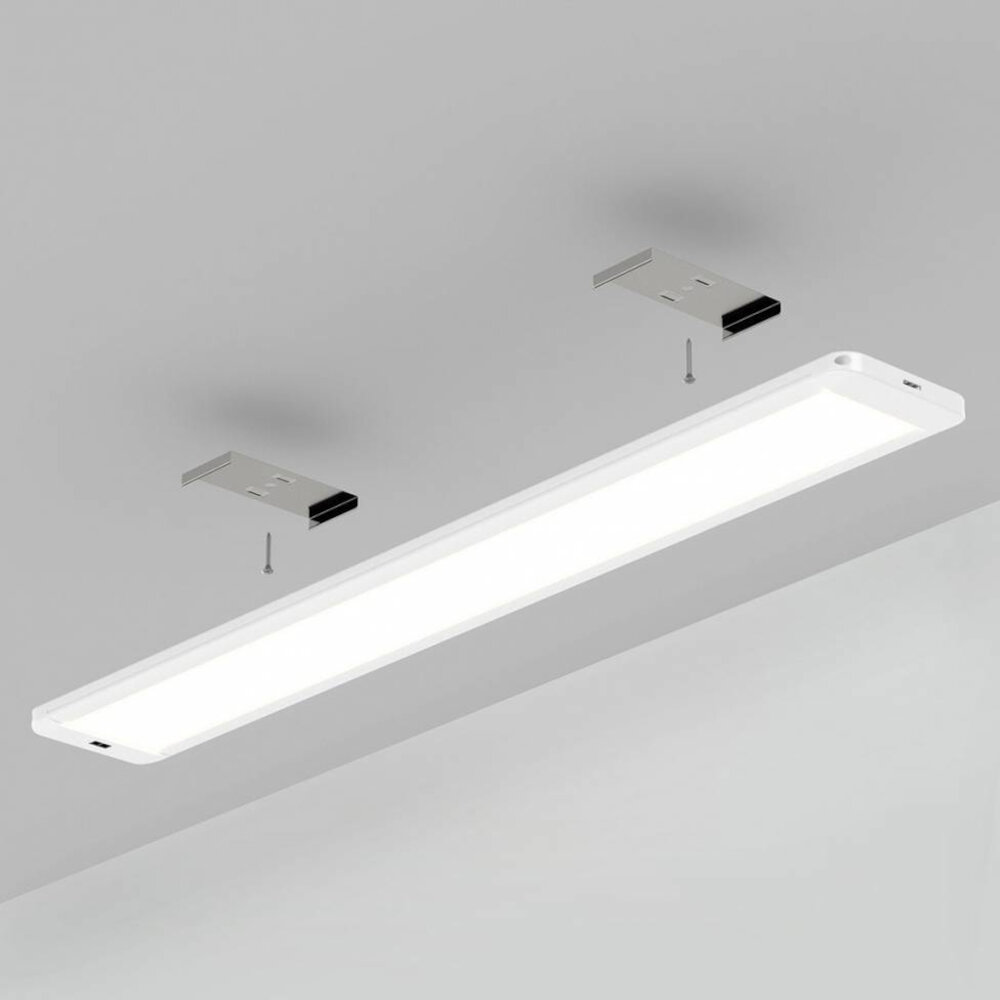
In conclusion, choosing the right LED light bulb for your home is essential to ensure you have the right level of brightness, color temperature, and energy efficiency that fits your needs. By considering factors such as lumens, wattage, and color temperature, you can make an informed decision and select the perfect LED light bulbs that will provide you with the ideal lighting solution for your home. With the vast array of options available on the market, it is easy to find the perfect LED light bulb that will meet your needs while also providing cost savings and long-lasting performance. So, take the time to research and compare the various options available before making your decision, and enjoy the many benefits of LED lighting in your home today!

